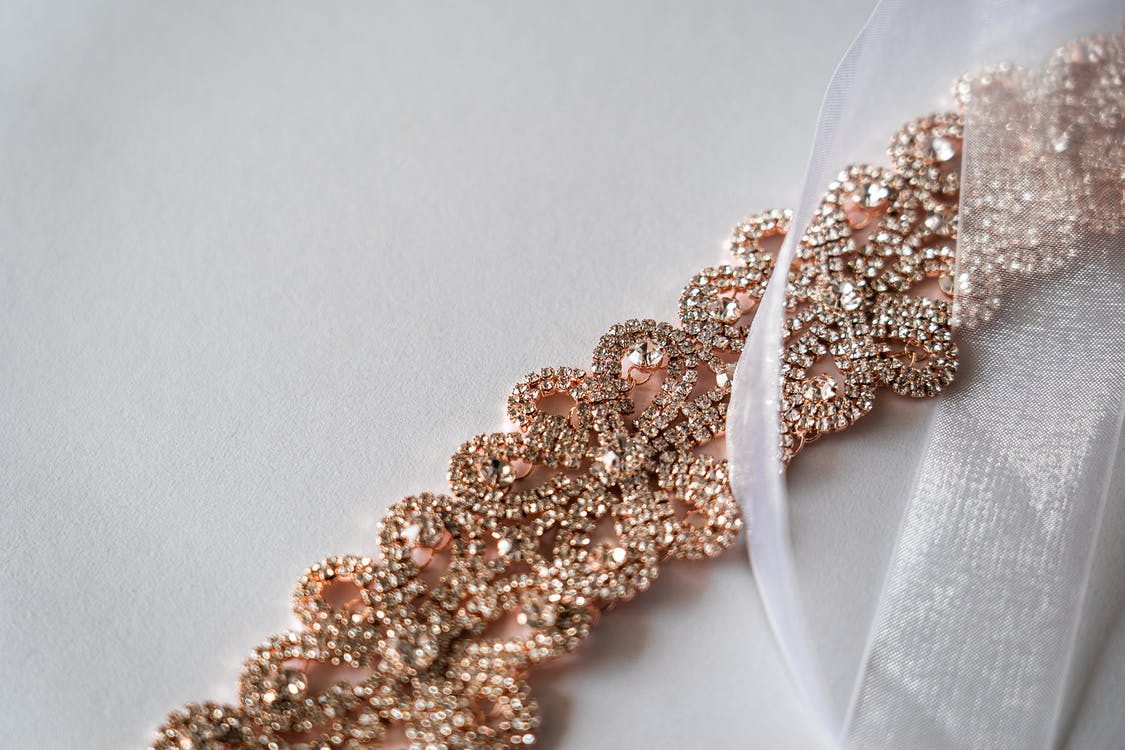A surprising preference for rose gold jewelry in Ancient Columbia

Archeologists have made an exciting new discovery: the Nahuange, who lived in the northern Colombia Caribbean region during the first millennium A.D., had a surprising preference for rose gold jewelry. Marcos Martinón-Torres of University College London and Juanita Saenz-Samper of the Museum of Gold in Bogotá, Colombia, studied 44 metal rose gold artifacts from the Nahuange culture (including, bracelets, nose pendants, earrings, and belts) and published their findings in the journal Antiquity. Although little is known about the Nahuange culture, artifacts found in the Sierra Nevada de Santa Marta mountain range, near the Caribbean coast, indicate they were skilled metalworkers.
Gilding tradition
“What’s peculiar about finding it here in Colombia is that the whole Andean region is renowned historically for mastering the technology of gilding — that is, making metals more golden than they should be based on their composition,” said Martinón-Torres. Andean goldsmiths also invented “depletion gilding”, which involves applying a mixture of gold and copper to a less valuable metal. Oxidation and polishing would then be used to “bring the gold to the surface and make the metal look purer”, Martinón-Torres explained.
An ultimate favorite
In contrast, rose gold highlights the cheaper copper parts of the metal. The archeologists found the Nahuange artifacts were first made golden with depletion gilding before being intentionally burnished to bring out pink and orange hues. “That defies our expectations that the more golden the better,” Martinón-Torres said. “For the Nahuange, things are not quite so simple.” Although rose gold artifacts have been located in both the Quimbaya culture in Colombia and the Caribbean’s Taino societies, Martinón-Torres notes they’re most widespread among the Nahuange. People visiting this area of the Colombian Caribbean typically like to purchase rose gold jewelry as a memento of their visit. By learning about the local customs and history behind the jewelry, visitors can also benefit from a richer experience.
Working theories
Currently, archeologists have several theories explaining the Nahuange love of rose gold. Gold jewelry may have been ungilded as a funeral rite for pieces buried with the dead. Alternatively, it may have been presented to girls at puberty age; the region’s ethnographic studies highlight a connection between femininity and red, pink, and orange colors.
“Archeologists often see the objects they study as quite static, as representing a single moment of the past,” Martinón-Torres said. “It’s really interesting to see how using scientific methods, we can reconstruct the life histories of those objects and hopefully from that begin to talk about the life histories of those people who interacted with those objects.”





